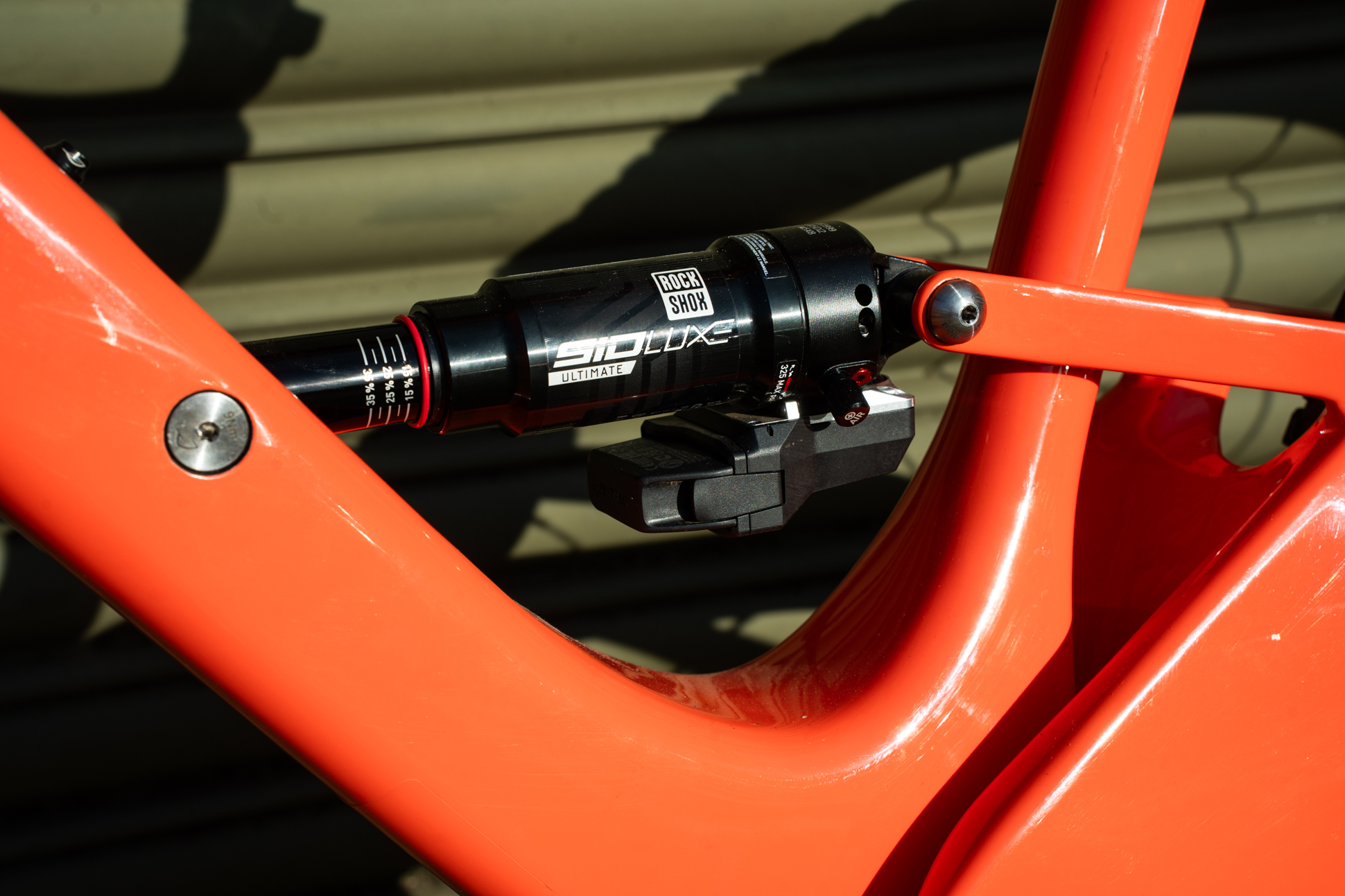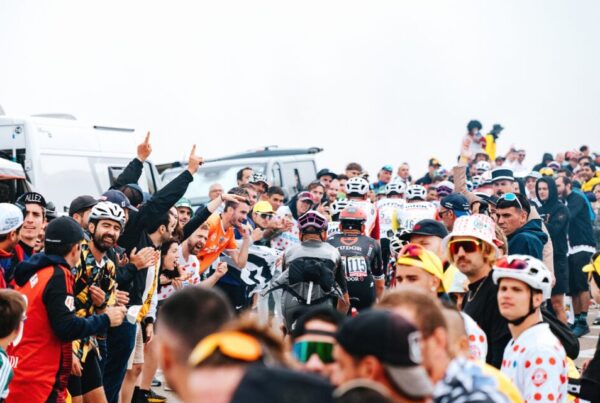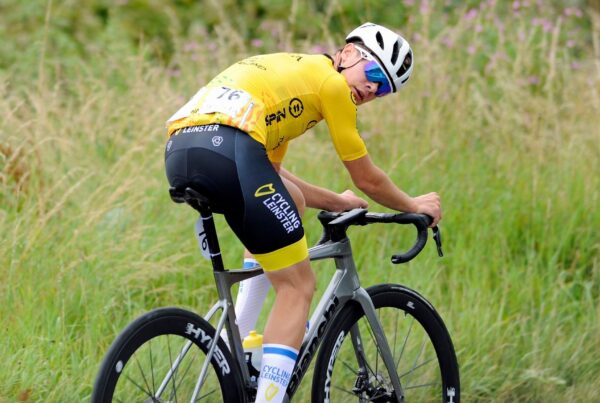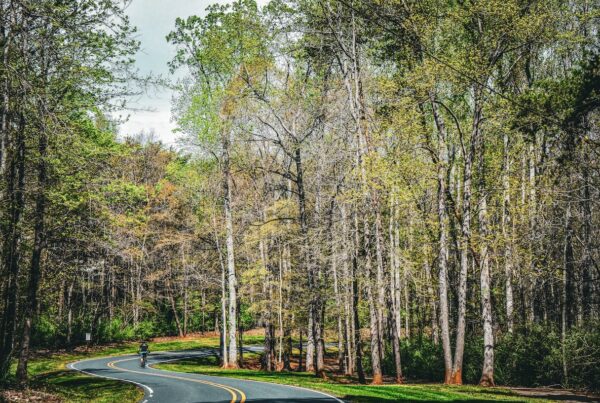
.
.
.
#NewBikeIdeas #SummerCycling #LaufBikes #GravelBikes #MountainBiking #ShortTravelBikes #Downcountry #BikeSetup #XCadventures #CyclingLife #BikeDreams #MountainBikeGoals #BikeAesthetics #RideMore #ExploreByBike
Source link
As summer approaches, the itch for a new mountain bike becomes irresistible, especially when fueled by a chance encounter with a unique ride. For the author, this inspiration came from a brief spin on a Lauf mountain bike, a brand hailing from Iceland known for its innovative suspension forks and carbon gravel bikes. The experience on the too-small Lauf Leaves was transformative: it felt like a “stomping machine,” offering instant acceleration and an addictive ride. However, its flaws were equally apparent—demanding constant pedaling, lack of momentum, steep head angle, and poor cornering and braking traction. Despite these issues, the ride sparked a flurry of “what ifs,” leading to a deeper exploration of short-travel mountain bikes.
The author acknowledges that many mountain bikers share this fascination with shorter-travel bikes, often motivated by the desire for agility and efficiency. However, the key advice is clear: don’t make a short-travel bike your only bike if you can avoid it. Longer-travel bikes are more versatile, capable of handling a wider range of terrain with minor tweaks, whereas short-travel bikes struggle when pushed beyond their limits. The lack of weight, while beneficial for speed and acceleration, can compromise stability and traction in challenging terrain.
Despite this wisdom, the author is undeterred and plans to build a more capable short-travel bike. Their ideal setup leans toward 100-120mm of travel, avoiding the blurry middle ground of 125-130mm. Geometry is a major concern, as many short-travel bikes feature steep head angles and short reach, which the author finds inadequate. The Lauf Elja, for example, has a 65.6° head angle, which is too steep for their preference. A potential solution lies in the Slack-R head-angle adjusting sleeve from 9point8, which could reduce the head angle to a more manageable 64°.
In terms of components, the author has a clear vision. Suspension would consist of an inline rear shock and a 35mm stanchion fork, both with low-speed compression adjustment. The drivetrain would feature the new Shimano XTR Di2, paired with 2-pot brakes and 203mm rotors. A 240mm OneUp V3 dropper post and a WTB Silverado saddle would complete the cockpit, along with DMR Sweeper 12° handlebars and Gusset Sleeper grips. Tyres are still undecided, though Maxxis Forekasters or WTB Peacekeepers are contenders. Pedals would be flat, possibly HT PA03A composites in grey.
Aesthetically, the author admits to being more visually discerning with short-travel bikes, as their design often allows for cleaner, more appealing lines. While some may find the Lauf Elja’s looks polarizing, the author is confident they’ll grow to appreciate its design if the performance meets expectations.
The article concludes with a call to readers for input: What short-travel bikes are they eyeing? What priorities and concerns would they have when building a “Downcountry” bike? The author welcomes feedback on their plans and invites readers to share their thoughts. A full review of the Lauf Elja will be featured in the upcoming issue of _Singletrack Magazine_.
In summary, the article captures the author’s journey from curiosity to obsession with short-travel mountain bikes, balancing practicality with the thrill of experimentation. It’s a relatable tale for any mountain biker who has ever been tempted by the allure of a new ride, driven by the promise of speed, agility, and pure fun.







